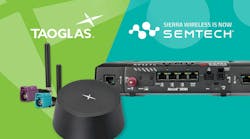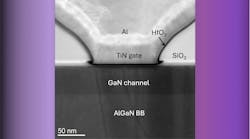Noise is a phenomena that is fundamental to electronics. Its random and non-deterministic behavior can cause obstacles in the design and characterization of circuitry. There are a variety of noise sources that are dependent upon the medium (e.g., vacuum tubes, solid-state devices, and crystal oscillators). Some of the major noise contributors are thermal, shot, and flicker noise. Essentially, the products of all the noise sources actualize as time-dependent, random fluctuations in amplitude and phase—also known as amplitude modulation (AM) and phase modulation (PM) noise. These form the lower limit of a signal that can be detected and amplified.
Phase noise has become a critical parameter in communications systems and radar due to technological advances that demand higher spectral purity over wider bandwidths, along with better sensitivities. In these cases, design engineers choose oscillating sources with low phase noise. However, they may overlook the effects of residual, or additive, phase noise. Low-phase-noise amplifiers (LPNAs) offer the capability of reducing any additive phase noise effects, thereby saving efforts and increasing cost-effectiveness.








